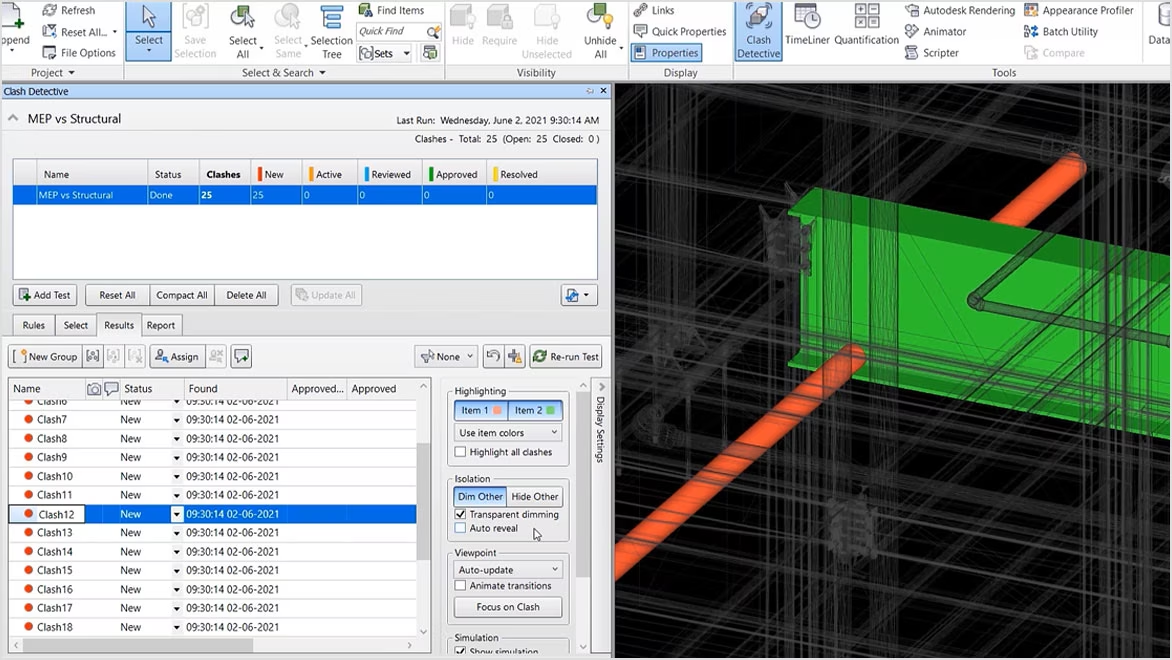
If you are eyeing a role as a BIM electrical engineer, you are stepping into one of the most dynamic spaces in the construction and design sector. This job is not just about fancy software; it is about digitally building more innovative, safer, and more efficient spaces.
BIM for electrical engineering has completely transformed how electrical systems are designed, coordinated, and implemented in modern construction. From smart buildings to large infrastructure projects, BIM electrical engineers play a crucial role in ensuring seamless integration of electrical components within the wider MEP design.
But to land your dream job, you need to shine during the interview, which means being ready for technical, practical, and scenario-based questions. In this blog, we will walk you through the top BIM electrical engineer interview questions, clarify the BIM electrical engineer job description, and prepare you to stand out in the competitive MEP industry.
Whether you are a fresher with a Revit electrical course or an experienced MEP engineer transitioning into BIM, this guide is packed with valuable insights and interview prep tips.
BIM Electrical Engineer Job Description

Q: What does a BIM electrical engineer really do?
Ans: A BIM electrical engineer develops and coordinates digital models of electrical systems using BIM software. This includes power distribution, lighting, fire alarms, and data systems. You work closely with the mechanical and plumbing teams on overall MEP design, ensuring accuracy, coordination, and compliance throughout a project.
Q: Is this role purely technical, or does it involve management too?
Ans: It is a mix! While technical know-how is essential, you also need strong coordination skills, especially when managing model updates or working with external teams on large-scale MEP projects.
Q: What is the typical BIM electrical engineer salary in India?
Ans: The BIM electrical engineer salary in India ranges between ₹4.5 lakhs and ₹12 lakhs annually. It depends on experience, location, and project complexity. Those working in Tier-1 cities or international firms typically earn more.
Q: Are there many BIM electrical engineer jobs in the market?
Ans: Yes! With the expansion of smart cities, hospitals, and commercial infrastructure, there is a rising demand for BIM electrical engineer jobs, both in India and internationally. The MEP industry is hungry for skilled professionals who can handle complex electrical BIM modelling.
Q: Is formal training necessary?
Ans: Definitely helpful. Many employers look for candidates who have completed a Revit electrical course or a structured MEP course, which gives you a solid foundation in BIM for electrical engineering.
Technical Knowledge & Tools
Q: Which BIM software are you most confident using?
Ans: I primarily use Revit MEP for electrical layout and system design. I am also proficient with Navisworks for clash detection and use AutoCAD for supplementary drafting when needed.
Q: What is your process for starting an electrical model in Revit?
Ans: I begin by linking architectural and structural models into Revit MEP, setting up project levels, views, and templates. I then define power systems, create circuits, and lay out components based on the MEP design brief.
Q: What is your understanding of BIM for electrical engineering?
Ans: It is about creating a smart 3D model that integrates design, documentation, and performance analysis. It improves efficiency, helps detect conflicts early, and streamlines the project delivery process for MEP electrical systems.
Q: How do you maintain accuracy in your electrical BIM models?
Ans: I use standard naming conventions, keep schedules and sheets well-organised, and regularly coordinate with other disciplines. I also make use of families that align with the project specifications and codes.
Q: Have you created custom families or templates?
Ans: Yes, I have developed custom Revit families for switchboards, panels, and specialised lighting components. These are fully parametric to ensure flexibility during electrical BIM modelling.
Experience-Based & Collaboration Questions
Q: Can you describe a complex project you worked on?
Ans: On a multi-tower residential MEP project, I was responsible for the complete BIM electrical layout, from schematic design to construction documentation. Coordinating with the mechanical and plumbing teams was key to avoiding design conflicts.
Q: How do you handle coordination with other disciplines?
A: I actively participate in weekly model review meetings and use tools like BIM 360 for file sharing and version control. Coordination is crucial in the MEP industry, and I always ensure that my updates are well-documented and communicated.
Q: Have you dealt with a major design clash before?
Ans: Yes, during a hospital project, my lighting conduit clashed with a chilled water pipe. I resolved it by rerouting the circuit in Revit and worked with the mechanical engineer to finalise the solution before it reached the construction stage.
Q: What kind of documentation do you generate?
Ans: I create all necessary construction documents, including layouts, load schedules, single-line diagrams, and BOQs. I ensure that everything adheres to the local codes and project standards.
Q: Have you worked for a firm providing BIM MEP services?
Ans: Yes, I have worked both in-house and for consultancies offering BIM MEP services. These roles helped me understand various client needs, from design-focused work to site coordination tasks.
Soft Skills & Real-World Application
Q: What soft skills help you succeed as a BIM electrical engineer?
Ans: Communication is key, especially when dealing with multidisciplinary teams. Time management, adaptability, and attention to detail also make a huge difference.
Q: How do you manage multiple project deadlines?
Ans: I plan tasks using project management tools and break them into manageable chunks. I prioritise urgent issues like clashes or approvals first and then move on to less time-sensitive items.
Q: How do you handle feedback or design revisions?
Ans: I welcome feedback as an opportunity to improve. I document every revision, confirm the requirement with stakeholders, and make changes in the model carefully to avoid disruptions.
Q: How do you stay updated in such a fast-moving field?
Ans: I follow MEP engineer forums, attend industry webinars, and recently completed an advanced MEP course focused on Revit and Dynamo. Staying current with BIM interview questions also helps sharpen my edge.
Q: What do you love about being a BIM electrical engineer?
Ans: I enjoy seeing the digital model come to life on-site. It is rewarding to know that your design decisions help power entire buildings efficiently and safely.
Conclusion
Being a successful BIM electrical engineer is about more than just knowing how to use BIM software. It is about understanding systems, coordinating across teams, and continuously improving your technical and soft skills. Whether you are just starting out or aiming to level up, mastering these BIM electrical engineer interview questions will give you the confidence to ace your next interview.
The world of BIM for electrical engineering is expanding rapidly, and there has never been a better time to invest in your growth. Consider enrolling in the BIM Professional Program for MEP Engineers by Novatr or exploring roles in global firms offering BIM MEP services. The future is bright and digital!
For the latest updates, tools, and insights into the MEP and BIM industry, explore Novatr's Resource Page.
Was this content helpful to you



.jpeg)
.png)


